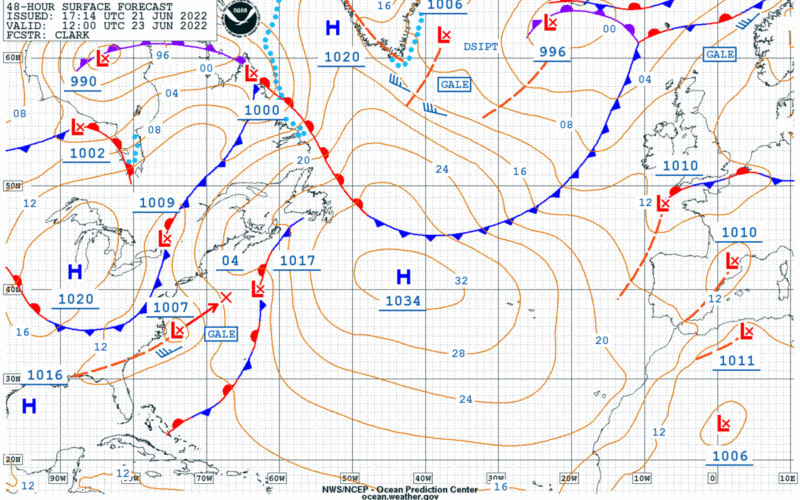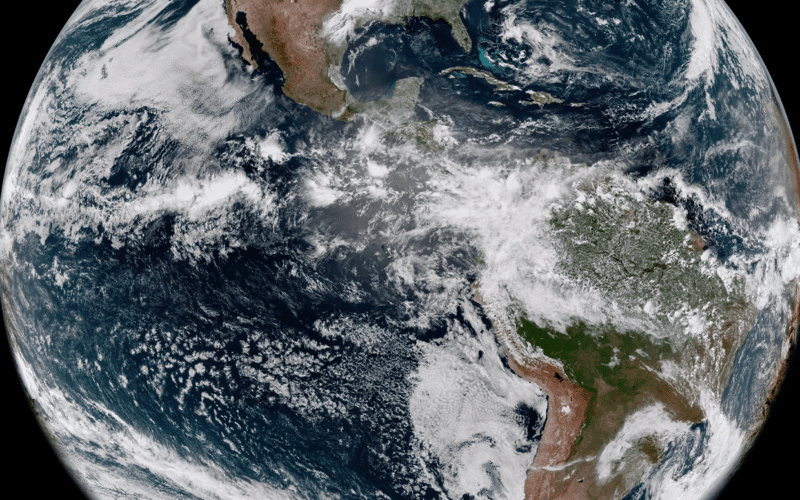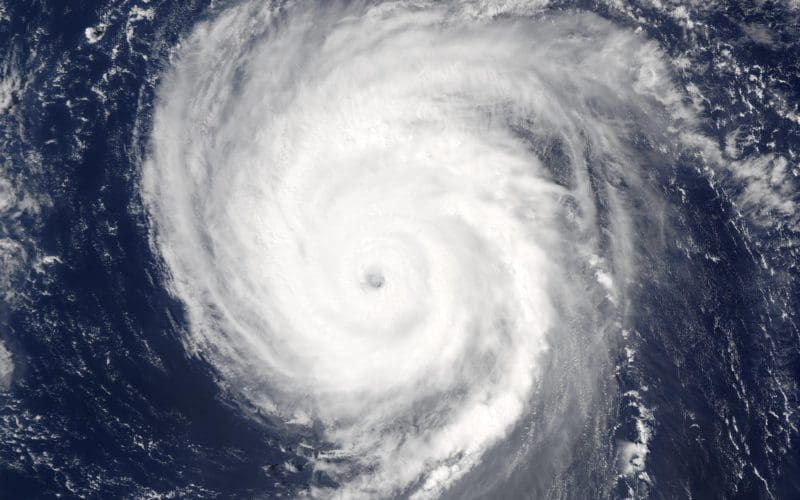11
Aug
by Ken McKinley During the second week of August 2023 catastrophic wildfires have occurred in the Hawaiian Islands. The fires have been most severe over western portions of the island of Maui, and the town of Lahaina has suffered near total destruction in some areas. Many news reports have cited Hurricane Dora as the primary cause of the development and rapid spread of the Hawaiian wildfires, but this is not the case. Lahaina has been a significant yachting center for cruisers and racers in recent years and has a rich maritime history. Unfortunately there has been significant loss of life…




